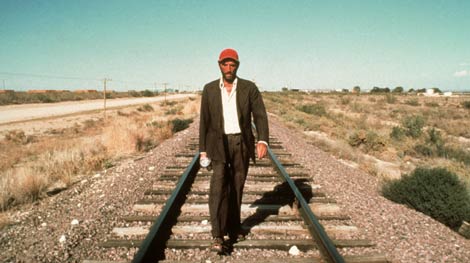1.Child (Jack) on stairs bumping down like
young children do when learning to walk, at each step his clothes change,
showing that this is a daily routine.
2.His mum (Emma) is setting up the kitchen
table, aligning cereal boxes and neatly setting a place for Jack to sit at.
3.He is sitting at the Kitchen table
surrounded by 7 very neatly organised cereal boxes, meticulously he picks a
certain amount of grains per box and places them in his bowl. He then pours the
bowl until it reaches exactly half full. He stirs twice clockwise with his
spoon and thrice anti-clockwise then licks the spoon to check its ok. Then he
begins eating.
4.All the time Emma has been moving around
him doing her own morning activities. The scene is played at an increased speed
but filmed in two motions, it will seem that the boy is eating at a normal
speed but that Emma is moving far faster around him, appearing in and out of
the shot. Wearing a dressing gown. This is to show how long it takes him to eat
his cereal.
5.Now Jack is standing staring at
something out of shot of the camera, the camera rotates 180* to show a large
lego sculpture that the boy walks towards and begins to add more pieces, slowly
picking the pieces from a colour coded box and adding them precisely, not
forcing them on but placing them definitively in their correct location.
6.Emma leaves the kitchen in background
(out of focus) and goes upstairs, Jack is on the living room sofa, and pulls a
Rubik's Cube out of the cabinet. There is a close up on his hands and the
Rubik's cube is completed in 20 seconds.
ACT2
1.Jack is sitting on the sofa watching TV,
(discovery channel). Mum, Emma is in the office at the front of the house, busy
taking a conference call. We see photos on the windowsill of her and jack, her
at work and her with friends and just of jack.
2.Jack sees the cube beside him on the
sofa and smiles, he gets up and the camera follows him out of the kitchen and
to the office.
3.He tries to show Emma the cube but she
pushes him away briefly, trying to focus on the call, she types whilst
speaking.
4.Jack starts to freak out and Emma
realises, sighing she hurriedly to calm him but is busy talking.
5.The voice on the phone asks 'Sorry is
this a bad time' She has to switch between Jack & conference call but can't
handle both.
6.Jack pushes the phone out of her hand
and it falls down the small stairs. She gives up and focuses on him to calm him
down. She takes the cube and tells him how impressive it is.
7.She puts the planet earth DVD in the DVD
player and the TV rises out of the cabinet. She sits him in-front of the TV and
makes sure everything is working.
8.She goes to her desk and looks over
photos, chooses photo of her in her youth with friends and work colleagues.
Picks it up and goes out to the front of the house. Leaves the front door on
latch.
9.She lights a cigarette and leans by the
front door, just holds the photo to her chest.
As she goes
back into the house she picks up the milk bottles from outside the house and
closes the door.
This developed narrative allows us to focus as much on the mother as on the boy (act 1 mainly focuses on the boy, act 2 on the mother). This means we can worry less about the depth of the boy's character as we will only scratch the surface on his issues and the same with the mother, while we also link both of the characters' problems together.
hh





















